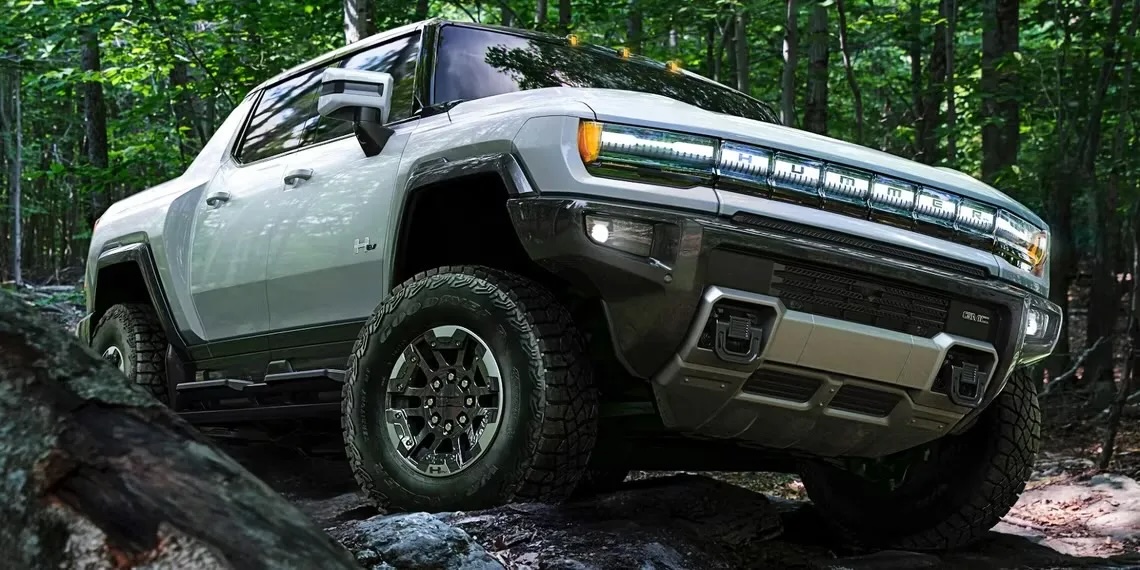Why the nation’s roadside guardrails may have met their match

In the past couple of years, the Connecticut town where our weekend house is located replaced most of the metal barriers meant to stop cars going over the edge of roads in what is mostly a hilly area. (Meanwhile, the next town over did the same thing — except that its barriers look much more sturdy.)
It didn’t take long for a nearby guardrail to be tested. As we approached our home, we saw it — crumpled to the ground and replaced by orange cones. It took about a year for the town to fix it, with me continually worrying that someone else might go over the edge again (accidents tend to happen in the same places).
All of which came to mind when I heard about a study from the University of Nebraska. In it, researchers crash-tested electric vehicles — which, with their bulky batteries, tend to be notably heavier than conventional autos — and found that they easily crash through guardrails that were not designed to withstand the extra force.
As the AP reported, electric vehicles typically weigh 20% to 50% more than gas-powered vehicles. And they have lower centers of gravity. And so last fall, engineers at Nebraska’s Midwest Roadside Safety Facility watched as an electric-powered pickup truck hurtled toward a guardrail installed on the facility’s testing ground. The nearly 4-ton (3.6 metric ton) 2022 Rivian R1T tore through the metal guardrail and hardly slowed until hitting a concrete barrier yards away on the other side.
The university released the results of the crash test at a time when the rising popularity of electric vehicles has led transportation officials to sound the alarm over the weight disparity of the new battery-powered vehicles and lighter gas-powered ones. For instance, as we reported last year (second item), there are growing concerns that parking garages may not be able to handle the increased weight as the number of EVs grows.
“Guardrails are kind of a safety feature of last resort,” Michael Brooks, executive director of the nonprofit Center for Auto Safety, told the outlet. “I think what you’re seeing here is the real concern with EVs — their weight. There are a lot of new vehicles in this larger-size range coming out in that 7,000-pound range. And that’s a concern.”
Maybe the neighboring town in Connecticut predicted this and built sturdier guardrails.
More from ClimateCrisis 247
- BYD To Pass Tesla Global EV Sales
- Warren Buffett Dumps Shares Of China EV Company BYD
- Porsche’s Electric Car Problem
- Cheap EVs May Save The Industry






